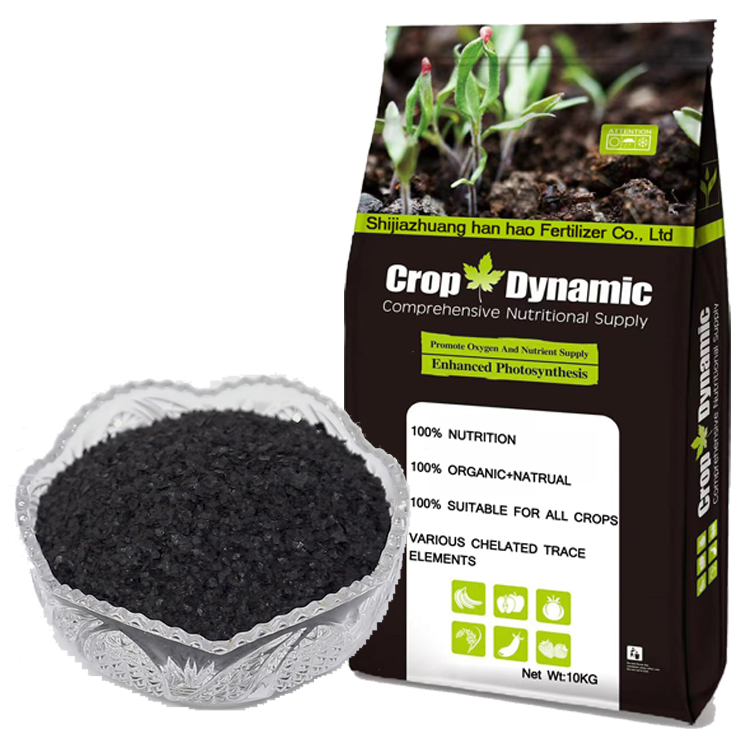
Dec . 10, 2024 22:36 Back to list
Benefits of Using Granular Urea Fertilizer for Effective Plant Growth and Nutrition
Granular Urea Fertilizer A Comprehensive Overview
Granular urea fertilizer is one of the most widely used nitrogenous fertilizers in agriculture globally. It contains a high percentage of nitrogen, which is an essential nutrient for plant growth and development. Understanding its characteristics, advantages, application methods, and environmental impacts can help farmers and agronomists make informed decisions for effective crop management.
What is Granular Urea Fertilizer?
Granular urea is a solid, white, crystalline compound made from carbon dioxide and ammonia. With a nitrogen content of approximately 46%, it provides a concentrated source of this vital nutrient, making it highly efficient for improving soil fertility. The granular form ensures ease of handling, application, and storage, as it resists caking and is less prone to volatilization compared to its liquid counterparts.
Benefits of Granular Urea Fertilizer
1. High Nutrient Content With its impressive nitrogen content, granular urea promotes vigorous plant growth, enhances chlorophyll production, and boosts yield potential. Nitrogen is crucial for synthesizing amino acids, enzymes, and proteins in plants.
2. Versatility Granular urea can be used across a wide range of crops, from cereals and vegetables to fruits and ornamental plants. Its adaptability makes it a favorite among farmers worldwide.
3. Cost-Effectiveness Compared to other nitrogen fertilizers, granular urea is often more affordable. Its high nitrogen content means that less product is needed per unit of crop, resulting in cost savings for farmers.
4. Ease of Application The granular form allows for straightforward distribution using standard spreading equipment. It can be applied before planting, during the growing season, or as a top-dressing, making it suitable for various farming practices.
granular urea fertilizer

Application Methods
The efficacy of granular urea fertilizer hinges on its application method. Common practices include
- Broadcasting This involves spreading the fertilizer uniformly across the field, allowing for even nutrient distribution. - Banding Granular urea can be placed in bands near the plant root zone, improving nitrogen uptake and minimizing losses. - Incorporation Mixing the fertilizer into the soil before planting can decrease nitrogen volatilization and enhance its availability to crops.
Environmental Considerations
While granular urea offers many benefits, it is essential to consider its environmental impact. The most significant concern is nitrogen volatilization, where ammonia gas is released into the atmosphere, leading to air pollution and decreased fertilizer efficiency. To mitigate this, farmers can apply granular urea in conjunction with inhibitors that slow down the conversion of urea to ammonia.
Additionally, excessive use of nitrogen fertilizers can lead to nutrient runoff, contributing to water pollution and eutrophication in aquatic ecosystems. Sustainable practices such as appropriate timing of application and integration with organic fertilizers can help minimize these environmental risks.
Conclusion
Granular urea fertilizer serves as a valuable resource in modern agriculture, providing essential nitrogen to crops while presenting some environmental challenges. By understanding its properties and employing best management practices, farmers can optimize their use of granular urea to support sustainable agricultural productivity. As the global population rises and food demand increases, the role of efficient nitrogen management will be pivotal in ensuring food security while protecting our natural resources.
-
Organic 10-10-10 Fertilizer | Balanced Plant Nutrients
NewsJul.31,2025
-
Premium Amino Acid Fertilizer | Rapid Plant Growth Booster
NewsJul.31,2025
-
10 10 10 Fertilizer Organic—Balanced NPK for All Plants
NewsJul.30,2025
-
Premium 10 10 10 Fertilizer Organic for Balanced Plant Growth
NewsJul.29,2025
-
Premium 10 10 10 Fertilizer Organic for Balanced Plant Growth
NewsJul.29,2025
-
Premium 10 10 10 Fertilizer Organic for Balanced Plant Growth
NewsJul.29,2025
